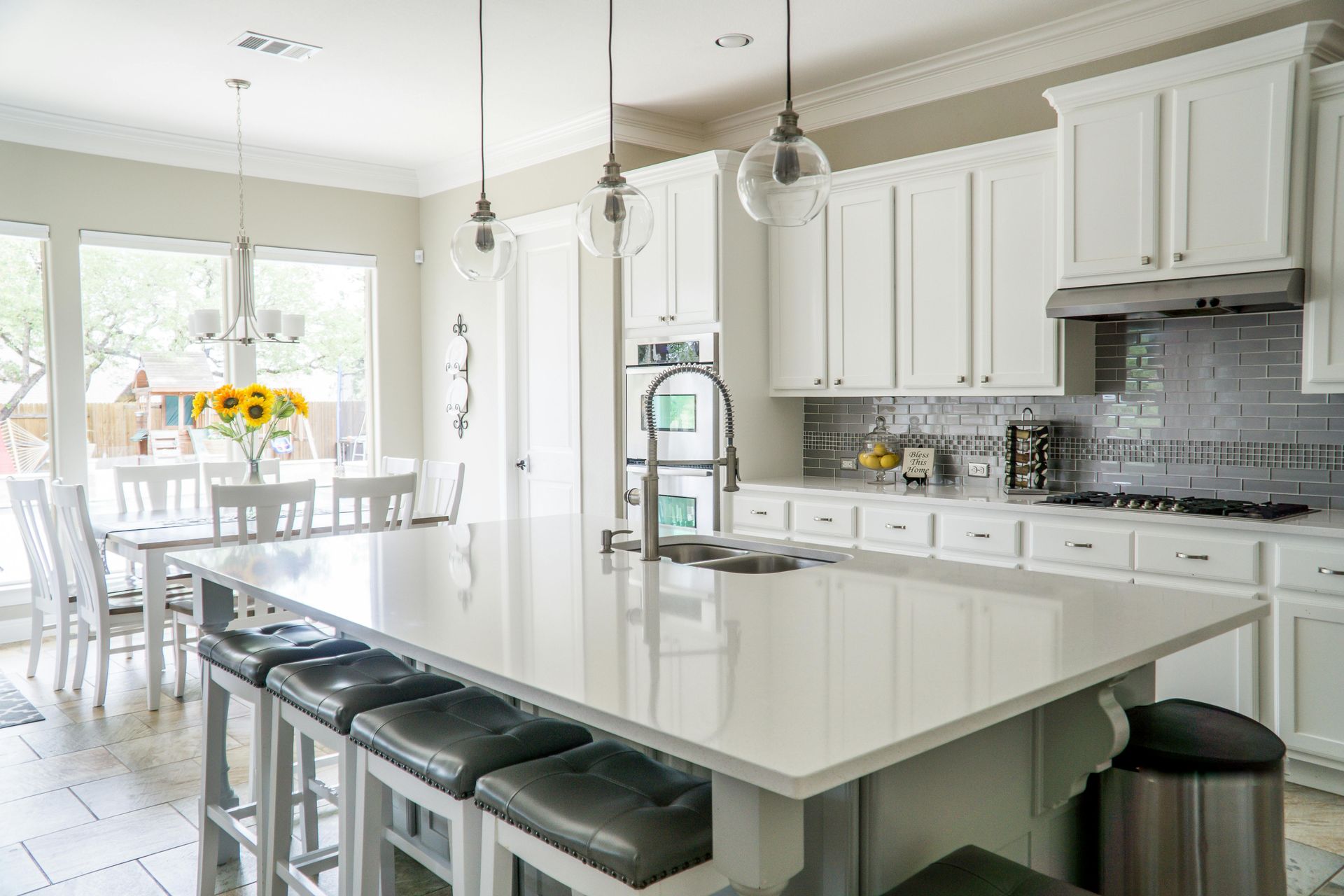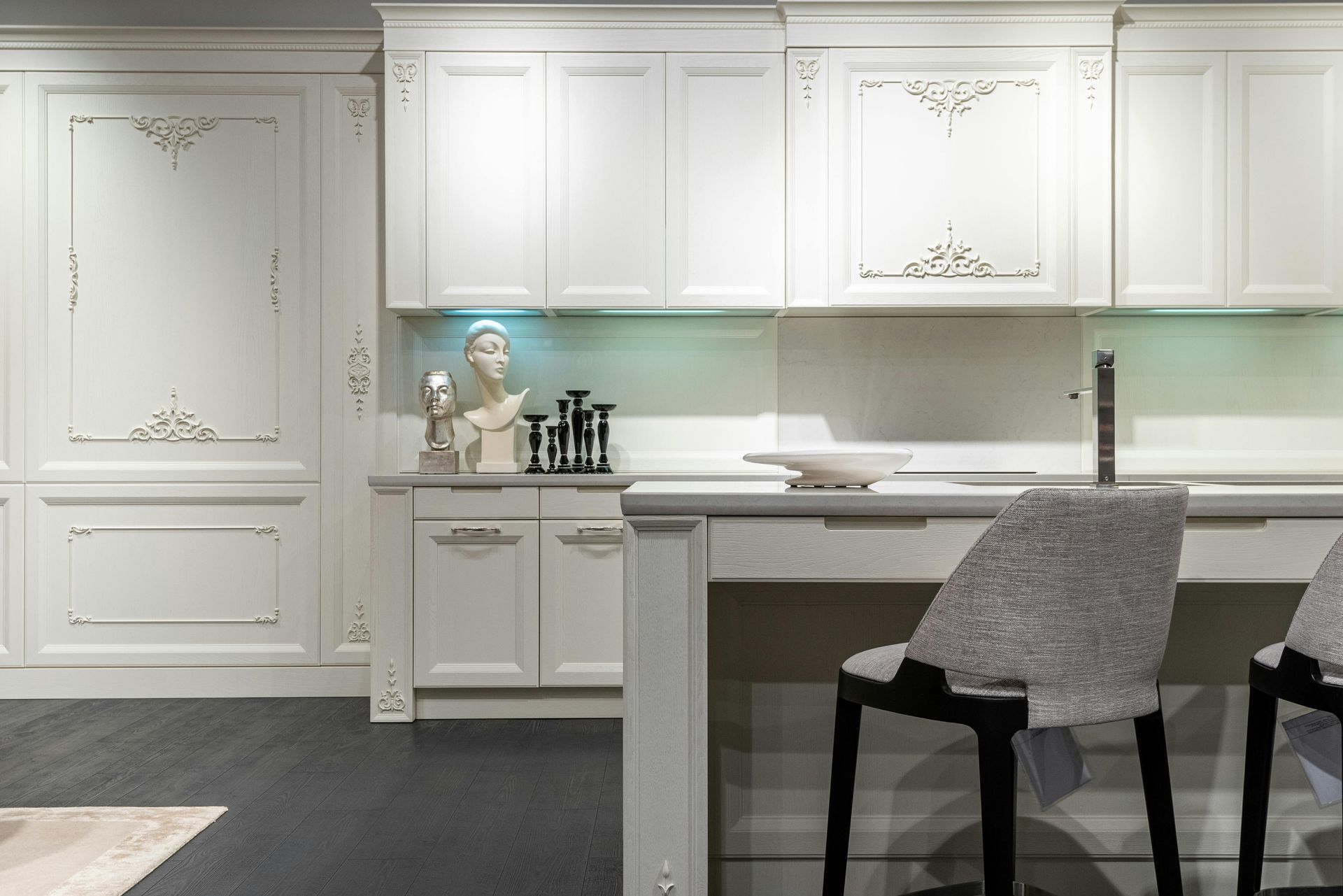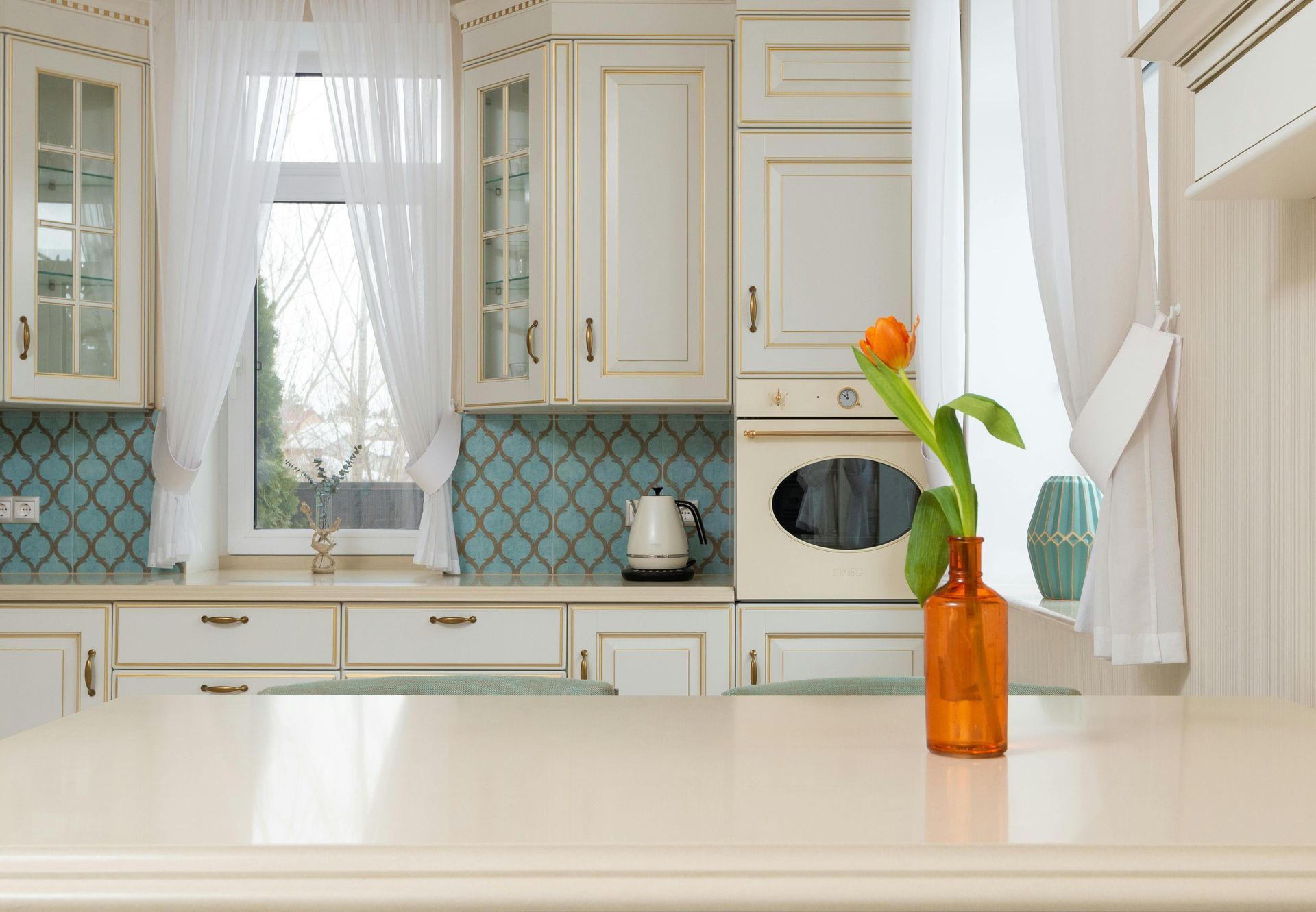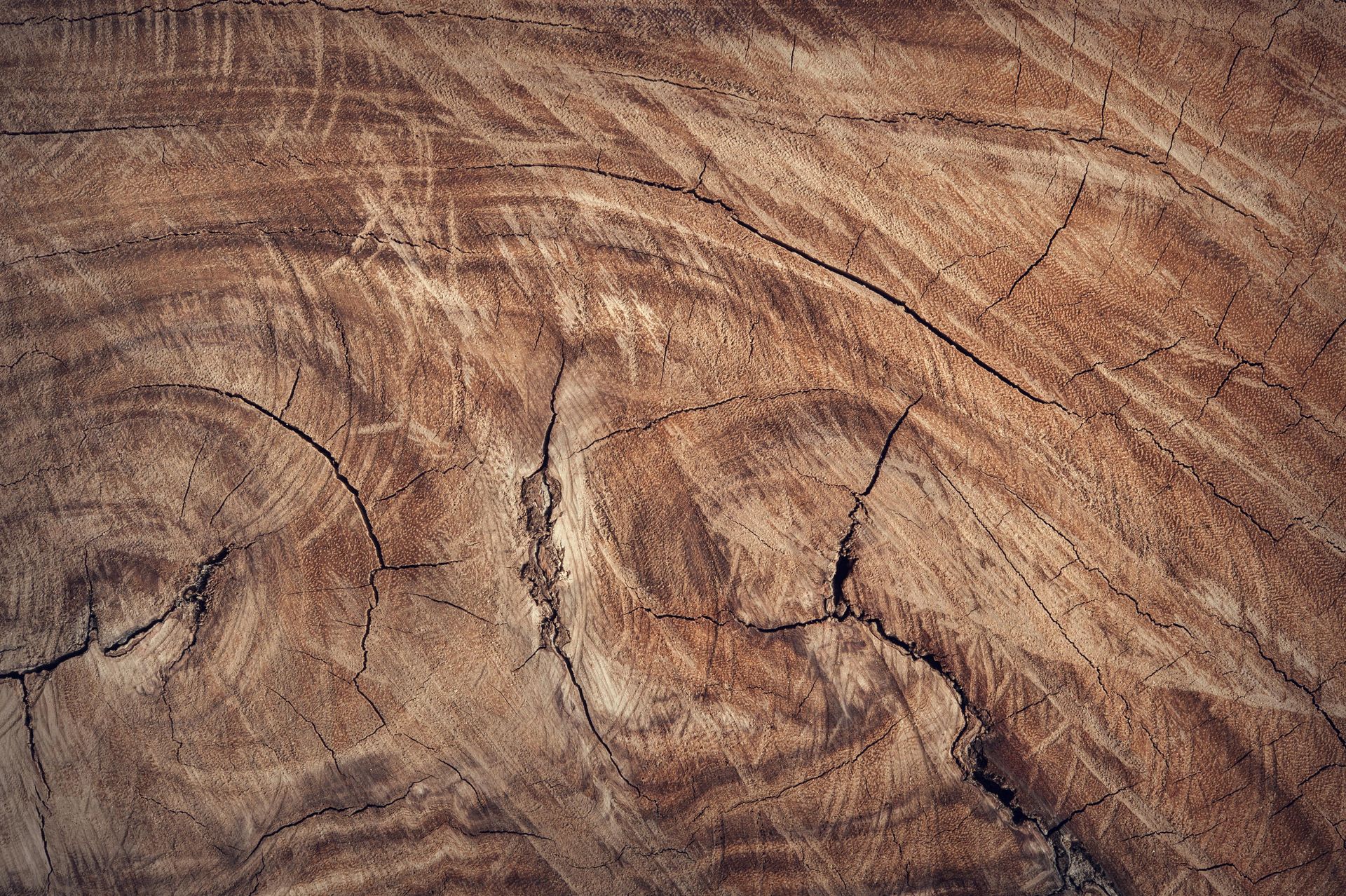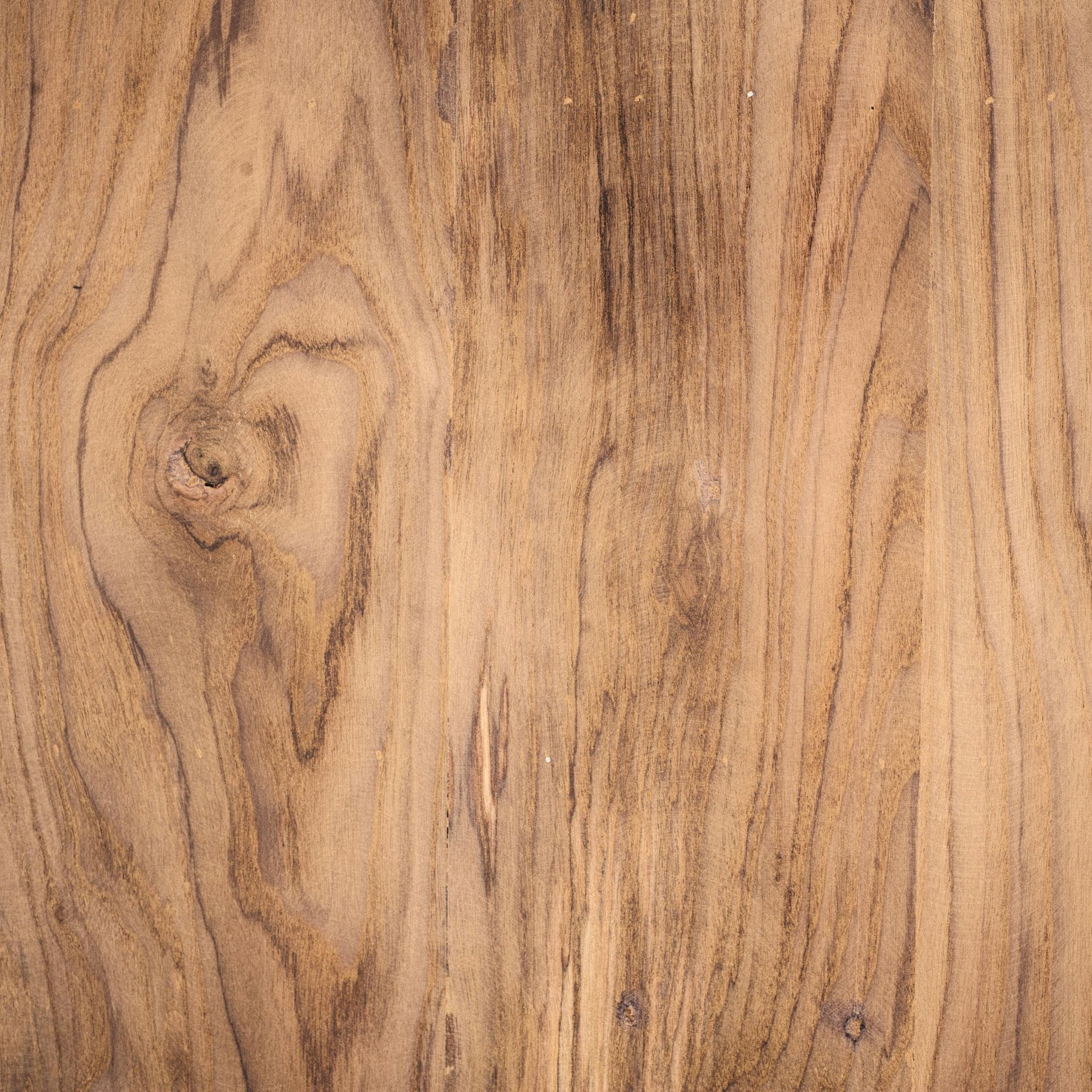Cabinet construction types
Understanding Cabinetry Construction: Face Frame Overlay, Face Frame Inset, and Frameless

When it comes to selecting kitchen or bathroom cabinetry, one of the most crucial—but often overlooked—decisions is the type of cabinet construction. Beyond finishes, colors, or door styles, the way a cabinet is built influences its durability, appearance, and accessibility. The three primary types of cabinet construction are Face Frame Overlay, Face Frame Inset, and Frameless.
Each has its unique features, benefits, and ideal applications. Whether you're renovating your kitchen or designing a new space from scratch, understanding these construction methods can help you make an informed choice.
1. Face Frame Overlay Cabinetry
Face Frame Overlay cabinetry is one of the most common styles used in traditional American homes. This construction method includes a 1.5-inch wide hardwood frame that is attached to the front of the cabinet box. The frame reinforces the cabinet’s structure and provides a mounting surface for doors and drawers.
Types of Overlay
There are two main subtypes of face frame overlay:
- Partial Overlay: The cabinet doors cover only part of the face frame, leaving gaps between doors and drawer fronts. This is the most budget-friendly option.
- Full Overlay: Doors and drawers cover most of the face frame, leaving minimal space between components. This style provides a sleeker, more contemporary look compared to partial overlay.
Advantages:
- Structural Strength: The face frame adds rigidity, making the cabinet box more durable.
- Ease of Installation: The frame helps keep the cabinet square, simplifying installation.
- Design Versatility: Overlay doors are compatible with a variety of traditional and transitional styles.
- Cost-Effective: Partial overlay cabinets are typically the least expensive of all construction types.
Considerations:
- Reduced Access: The frame partially obstructs the cabinet opening, reducing storage space and access.
- Aesthetics: The visible frame may not appeal to those who prefer a sleek, modern look.
Best For:
- Traditional or transitional kitchens
- Budget-conscious remodels
- Homeowners looking for a balance between durability and cost
2. Face Frame Inset Cabinetry
Inset cabinetry also uses a face frame but with one significant difference: the cabinet doors and drawer fronts are mounted inside the frame rather than on top of it. This style offers a clean, flush look where the front surface of the cabinet is flat and uniform.
Inset cabinetry dates back centuries and is often seen in classic American or European designs.
Types of Inset:
- Beaded Inset: A decorative groove is routed into the frame opening, adding an elegant detail around the door.
- Flush Inset (Non-beaded): The door fits neatly within the frame with a straight-edge opening.
Advantages:
- High-End Appearance: Inset cabinetry is known for its clean lines and fine craftsmanship.
- Timeless Style: Works well in period homes, Shaker designs, and high-end custom kitchens.
- Durability: When constructed well, inset doors remain stable and function smoothly for years.
Considerations:
- Precision Required: Doors and drawers must be built to exact measurements, making this style more expensive.
- Humidity Sensitivity: Wood expansion and contraction may cause tight-fitting doors to rub or stick.
- Reduced Interior Space: Since the frame and the doors are set inside the opening, you lose some usable space.
Best For:
- Custom and luxury kitchens
- Traditional, colonial, or farmhouse-style homes
- Homeowners prioritizing craftsmanship and detail
3. Frameless Cabinetry (European-Style)
Frameless cabinetry, often referred to as European-style cabinetry, eliminates the face frame entirely. The cabinet box is constructed from a thicker material (usually 3/4-inch plywood or MDF), and the doors are attached directly to the sides of the box. This approach creates a sleek, modern aesthetic and maximizes usable space.
Construction Details:
- No Face Frame: The absence of a frame gives the cabinet a flat, seamless front.
- Full Overlay Doors Only: Frameless cabinets almost always feature full overlay doors that cover the front edges of the cabinet box.
- Edge Banding: The exposed edges of the box are finished with edge banding, matching the cabinet finish.
Advantages:
- Maximum Storage: With no frame in the way, frameless cabinets provide greater interior space.
- Modern Aesthetics: Clean lines and minimalistic look make them ideal for contemporary designs.
- Full Access: Wider drawers and doors make the entire cabinet interior more accessible.
- Smooth Installation of Drawers and Slides: Modern hardware works well with the straight lines of frameless cabinetry.
Considerations:
- Less Structural Rigidity: Without a face frame, the box itself must be stronger to maintain structural integrity.
- Requires Skilled Installation: More precise measurements are necessary to ensure proper alignment.
- Visible Gaps: In lower-quality installations, slight misalignments are more noticeable.
Best For:
- Modern or contemporary kitchens
- Small spaces where every inch of storage matters
- Homeowners prioritizing function and minimalism
Which Cabinet Style Is Right for You?
The choice between face frame overlay, inset, and frameless cabinets depends largely on your design preferences, budget, and functional needs.
- If you're looking for affordable, reliable cabinetry with a classic American look, face frame overlay might be the best option.
- If you’re after luxury and timeless elegance, especially in a traditional setting, inset cabinetry delivers unmatched sophistication—at a higher price.
- If your taste leans toward minimalist design with maximum functionality, frameless cabinetry offers sleek aesthetics and efficient use of space.
Final Thoughts
Understanding the fundamental differences between face frame overlay, inset, and frameless cabinetry can help you make the best decision for your space. Beyond just looks, each type has structural and functional implications that affect how you use and enjoy your kitchen or bathroom every day.
Whether you're working with a designer or tackling a DIY renovation, keep these cabinet construction types in mind—they’ll shape your space more than you might think.

